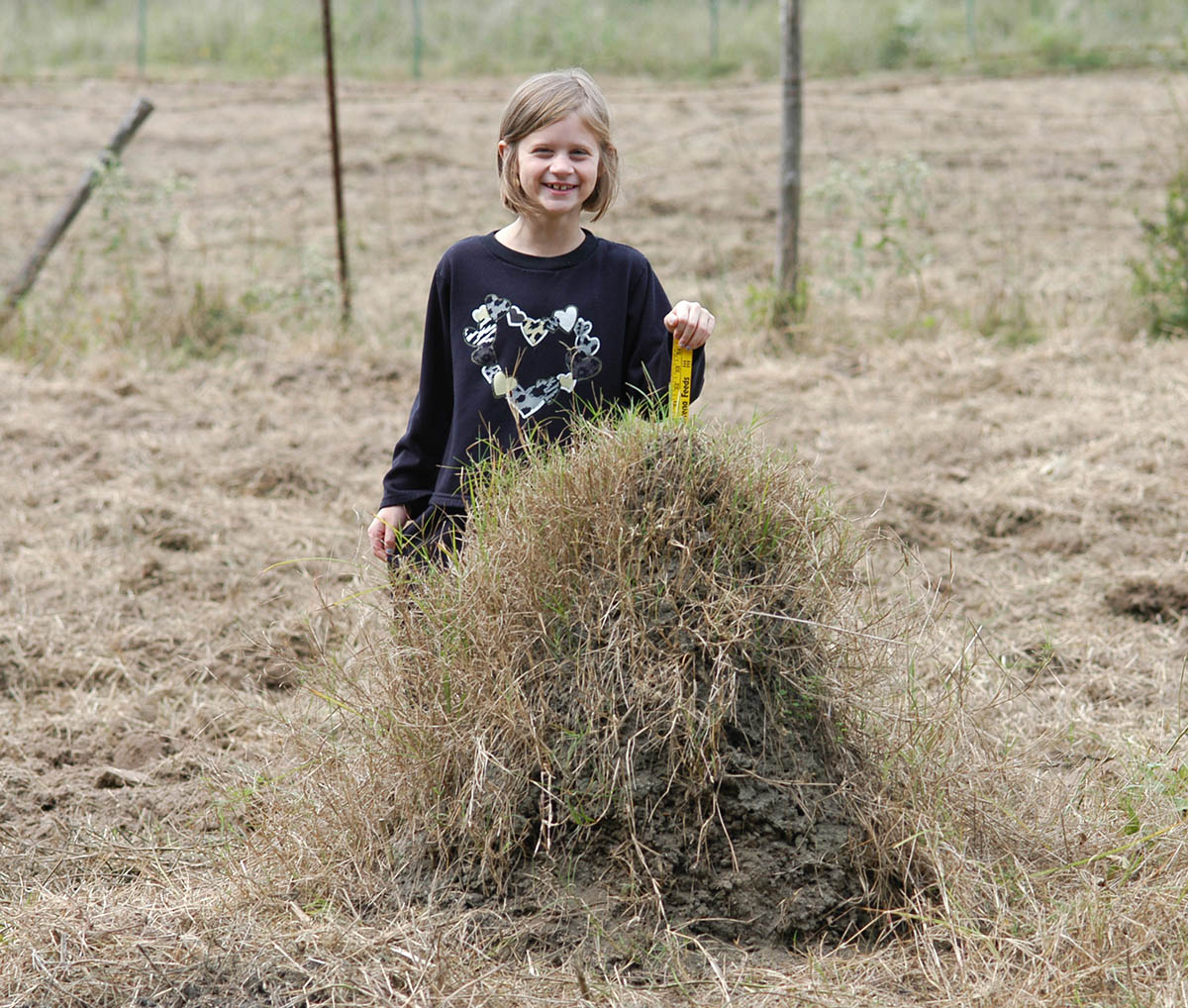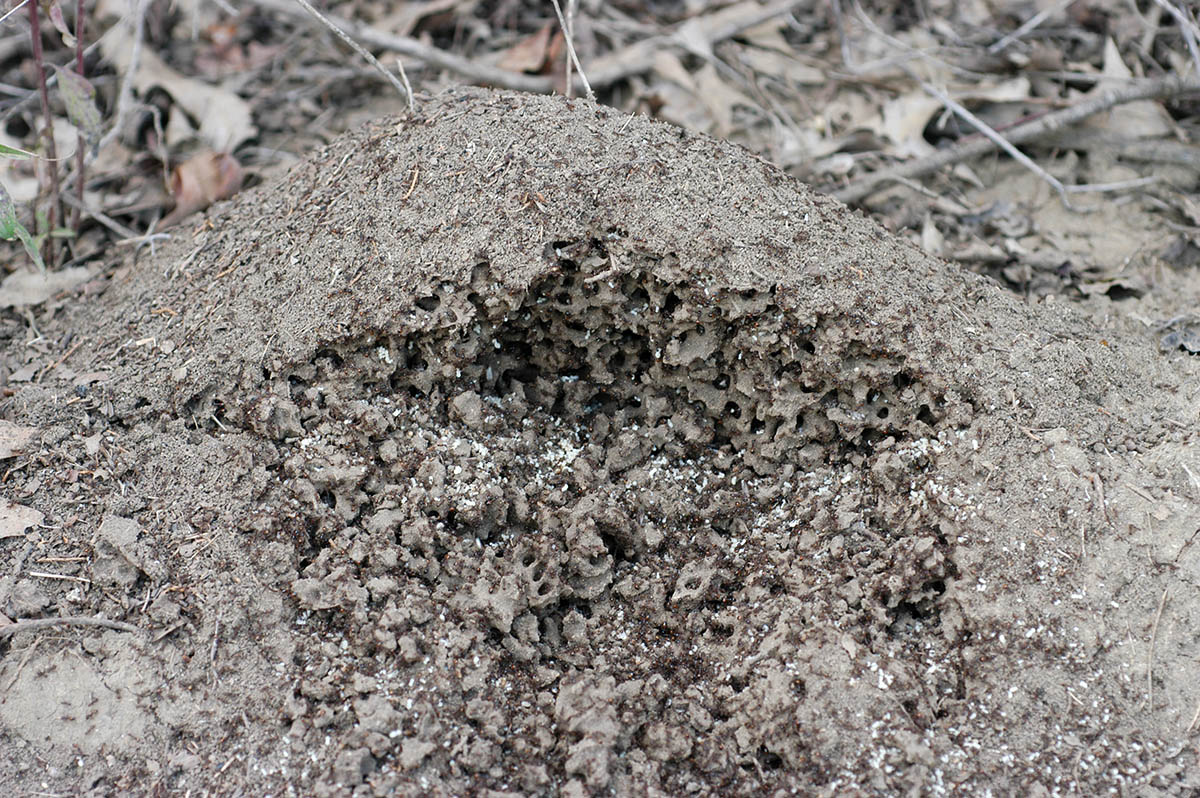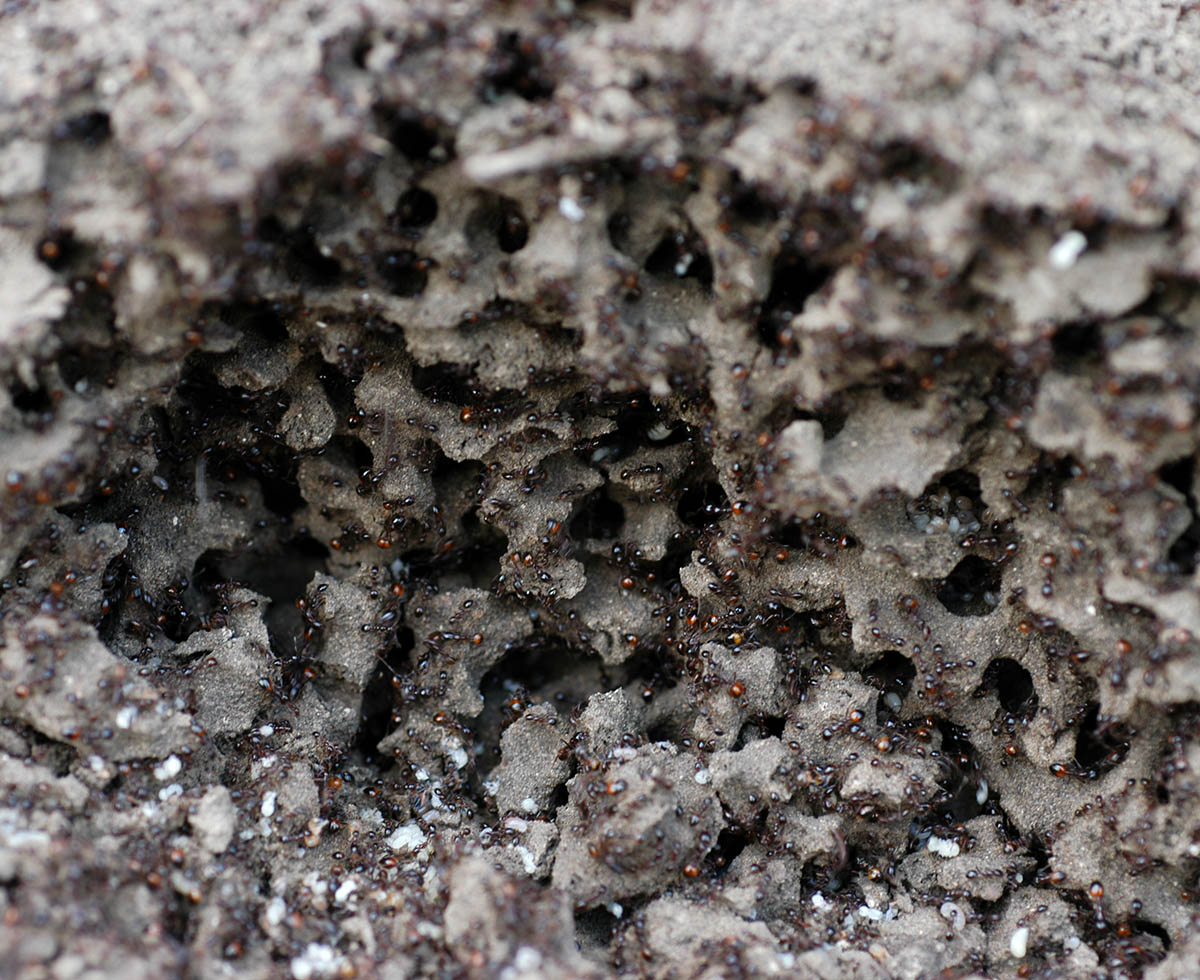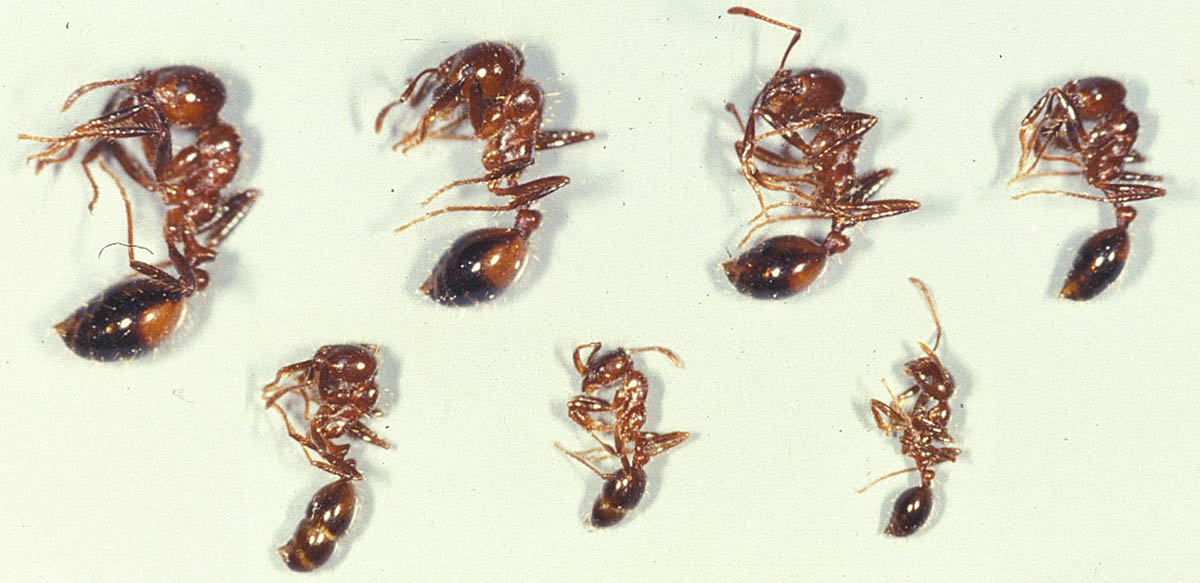Subfamily MYRMICINAE Author: Joe A. MacGown |
||
Solenopsis invicta X richteri,full face view of minor worker (MS, Pontotoc Co.) (photo by Ryan Whitehouse and Joe A. MacGown) |
Solenopsis invicta X richteri,lateral view of minor worker (MS, Pontotoc Co.) (photo by Ryan Whitehouse and Joe A. MacGown) |
Solenopsis invicta X richteri,dorsal view of minor worker (MS, Pontotoc Co.) (photo by Ryan Whitehouse and Joe A. MacGown) |
Solenopsis invicta X richteri, full face view of minor worker (MS, Oktibbeha Co.) (photo by Ryan Whitehouse and Joe A. MacGown) |
Solenopsis invicta X richteri, lateral view of minor worker (MS, Oktibbeha Co.) (photo by Ryan Whitehouse and Joe A. MacGown) |
Solenopsis invicta X richteri, dorsal view of minor worker (MS, Oktibbeha Co.) (photo by Ryan Whitehouse and Joe A. MacGown) |
Solenopsis invicta X richteri, full face view of major worker (MS, Oktibbeha Co.) (photo by Ryan Whitehouse and Joe A. MacGown) |
Solenopsis invicta X richteri, lateral view of major worker (MS, Oktibbeha Co.) (photo by Ryan Whitehouse and Joe A. MacGown) |
Solenopsis invicta X richteri, dorsal view of major worker (MS, Oktibbeha Co.) (photo by Ryan Whitehouse and Joe A. MacGown) |
Solenopsis invicta X richteri, full face view of a major worker (MS) (photo by Joe A. MacGown)
|
Solenopsis invicta X richteri, full face view of a major worker, showing closeup of clypeus area. Notice the median tooth with long seta extending from it (MS) (photo by Joe A. MacGown)
|
Solenopsis richteri, note the reduced humeral bosses of pronotum (MS, Oktibbeha Co.) (photo by Ryan Whitehouse and Joe A. MacGown) |
Solenopsis invicta X richteri, full face view of major worker (MS, Pontotoc Co.) (photo by Ryan Whitehouse and Joe A. MacGown) |
Solenopsis invicta X richteri, lateral view of major worker (MS, Pontotoc Co.) (photo by Ryan Whitehouse and Joe A. MacGown) |
Solenopsis invicta X richteri, dorsal view of major worker (MS, Pontotoc Co.) (photo by Ryan Whitehouse and Joe A. MacGown) |
Solenopsis invicta X richteri, full face view of an alate queen (MS, Holmes Co.) (photo by Ryan Whitehouse and Joe A. MacGown) |
Solenopsis invicta X richteri, lateral view of an alate queen (MS, Holmes Co.) (photo by Ryan Whitehouse and Joe A. MacGown) |
Solenopsis invicta X richteri, full fa dorsal view of an alate queen (MS, Holmes Co.) (photo by Ryan Whitehouse and Joe A. MacGown) |
Solenopsis invicta X richteri, full face view of a queen (MS) (photo by Joe A. MacGown)
|
Solenopsis invicta X richteri, lateral view of a dealate queen (MS) (photo by Joe A. MacGown) |
Solenopsis invicta X richteri, full face view of a queen (MS) (photo by Joe A. MacGown) |
Solenopsis invicta X richteri, lateral view of a dealate queen (MS) (photo by Joe A. MacGown) |
Solenopsis invicta X richteri, lateral view of head and mesosoma of a dealate queen (MS) (photo by Joe A. MacGown)
|
Solenopsis invicta X richteri, dorsal view of a dealate queen (MS) (photo by Joe A. MacGown) |
Solenopsis invicta X richteri, full face view of a male (AL, Lauderdale Co.) (photo by Ryan Whitehouse and Joe A. MacGown) |
Solenopsis invicta X richteri, lateral view of a male (AL, Lauderdale Co.) (photo by Ryan Whitehouse and Joe A. MacGown) |
Solenopsis invicta X richteri, dorsal view of a male (AL, Lauderdale Co.) (photo by Ryan Whitehouse and Joe A. MacGown) |
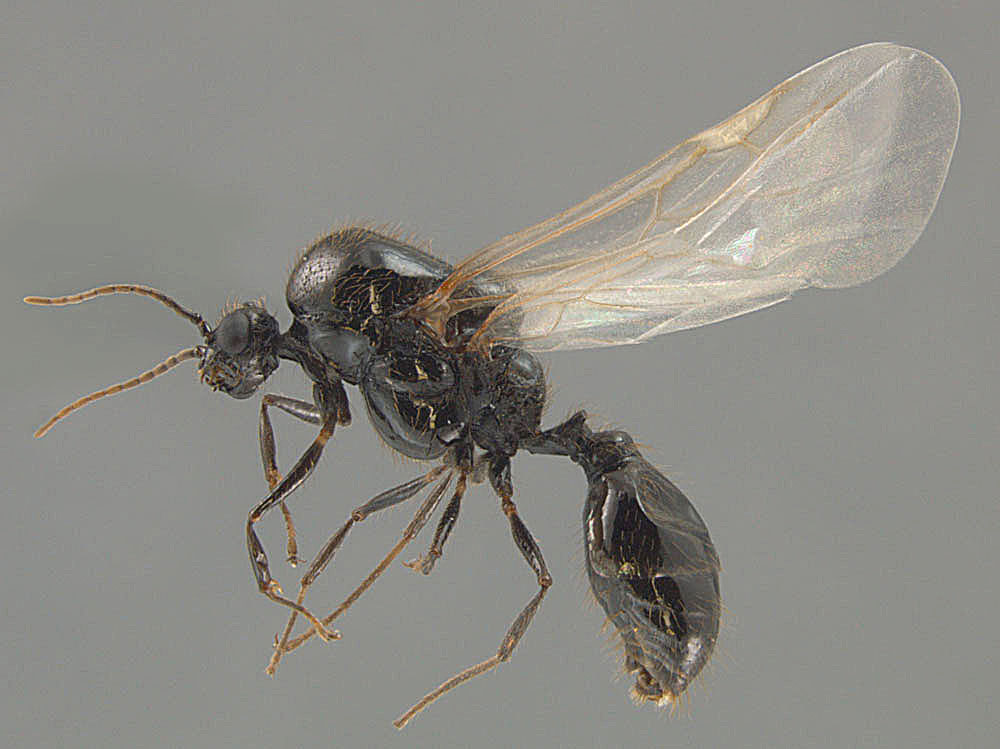 |
||
Solenopsis invicta X richteri, lateral view of an alate male (MS) (photo by Joe A. MacGown) |
Imported hybrid fire ant mound (photo by Blake Layton) |
Imported hybrid fire ant mound next to wall(photo by Blake Layton) |
Imported hybrid fire ant mound (photo by Blake Layton) |
Imported hybrid fire ant mound, cut away to show galleries (photo by Blake Layton) |
Imported hybrid fire ant mound, cut away to show galleries (photo by Blake Layton) |
Imported hybrid fire ant mound, closeup view of galleries (photo by Blake Layton) |
Imported hybrid fire ants feeding on potato chip (Photo by Blake Layton) |
Imported hybrid fire ants feeding on potato chip (photo by Blake Layton) |
Imported hybrid fire ants showing the range in sizes from small minor workers to large major workers (photo by Blake Layton) |
Alate queens of Solenopsis invicta X richteri massed on a stump before a nuptial flight (photo by Sarah Raines) |
|
Introduction Solenopsis invicta X richteri, is a hybrid between S. invicta(the red imported fire ant) and S. richteri (the black imported fire ant). The hybrid fire ant, along with both S. invicta and S. richteri, is a major agricultural and urban pest throughout the southeastern states that also causes both medical and environmental harm resulting in a cost of many millions of dollars per year for southeastern states. Taxonomic History Diagnosis Identification Hybridization is not uncommon among the larger fire ant group, which can make identification of some species difficult. Identification of thief ants is perhaps even more challenging due to their minute size, similar appearance of workers of one species to another, taxonomic problems, and lack of knowledge of all castes. Solenopsis invicta X richteri can generally be recognized by their large mounds, polymorphic castes (varying sizes of workers), 10 segmented antennae ending in a 2 segmented club, lack of spines on propodeum, reddish to brownish color, median tooth on the anterior border of the clypeus, and combination of characters of both S. invicta and S. richteri. However, because they are hybrids, they can be a challenge to differentiate from S. invicta and S. richteri. The most reliable method for identification of this group is a cuticular hydrocarbon test, which some labs are now equipped to do. Biology and Economic Importance Pest Status Distribution Acknowledgments Literature Cited Links Links |
||



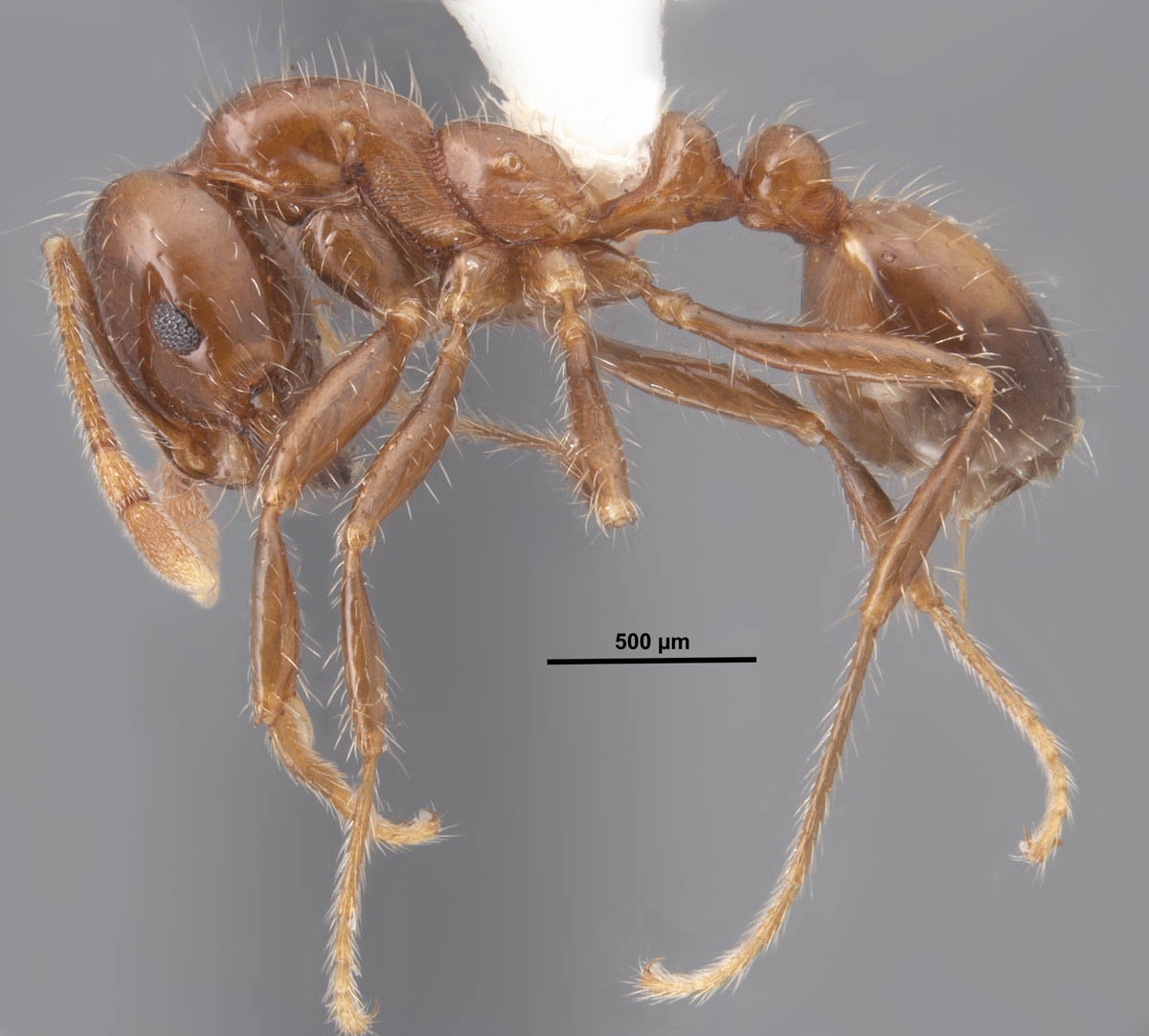
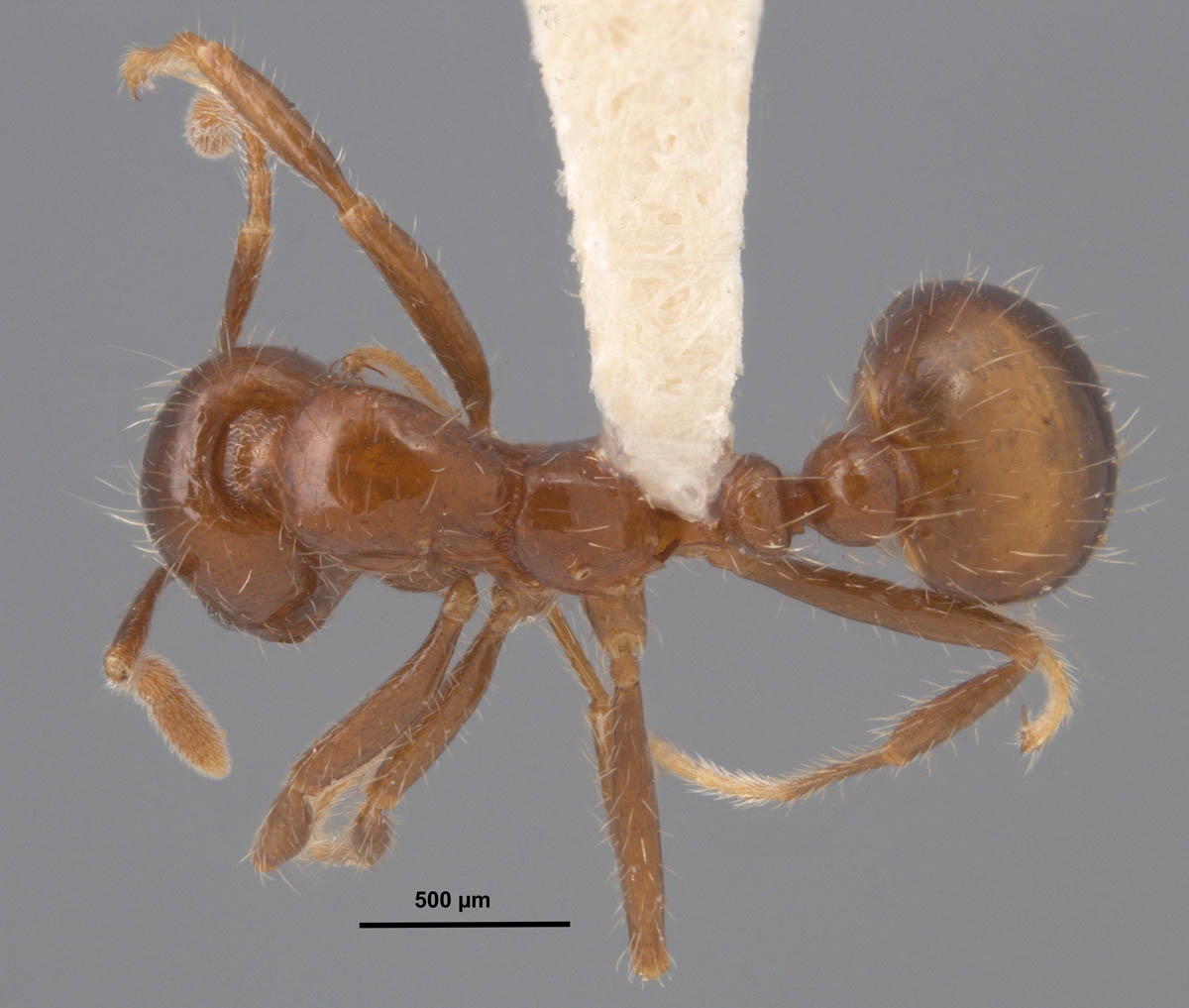


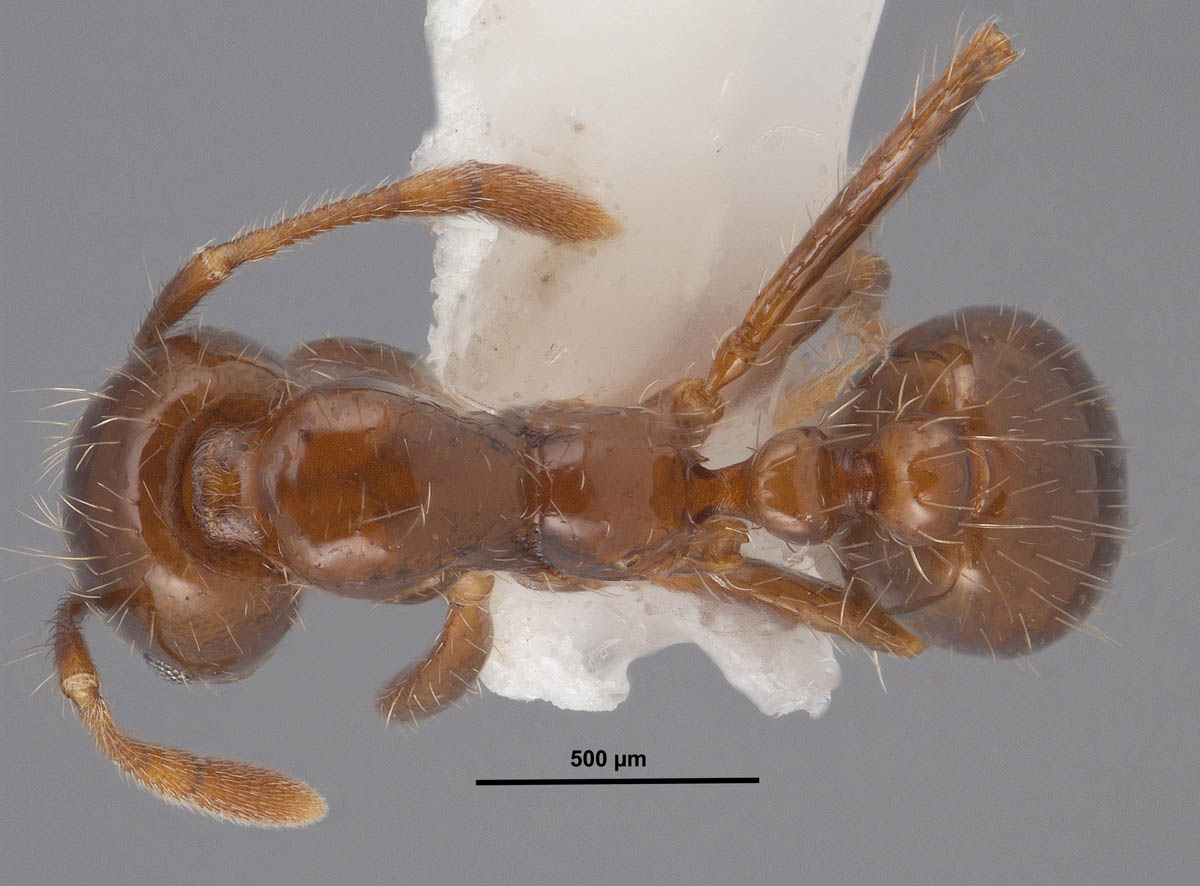

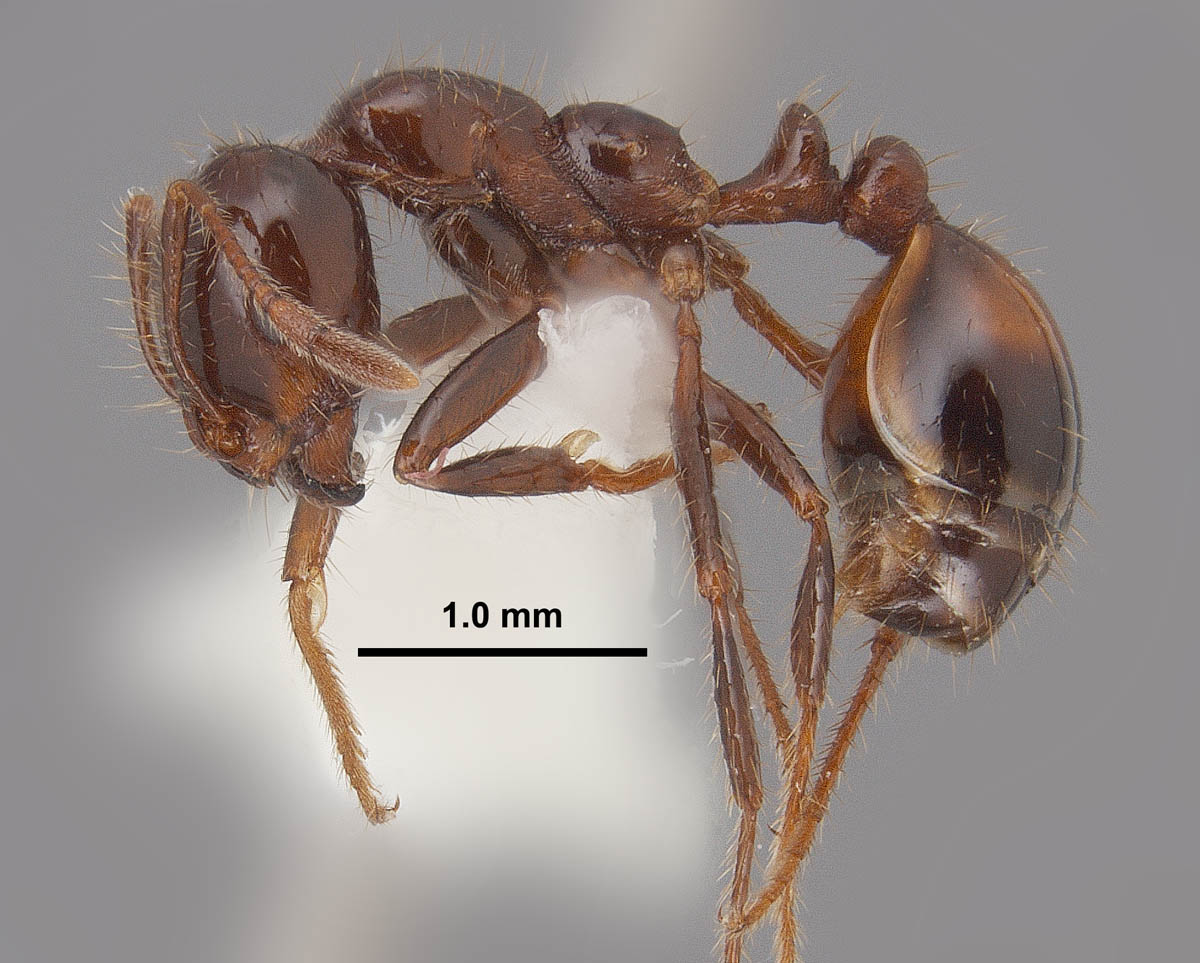
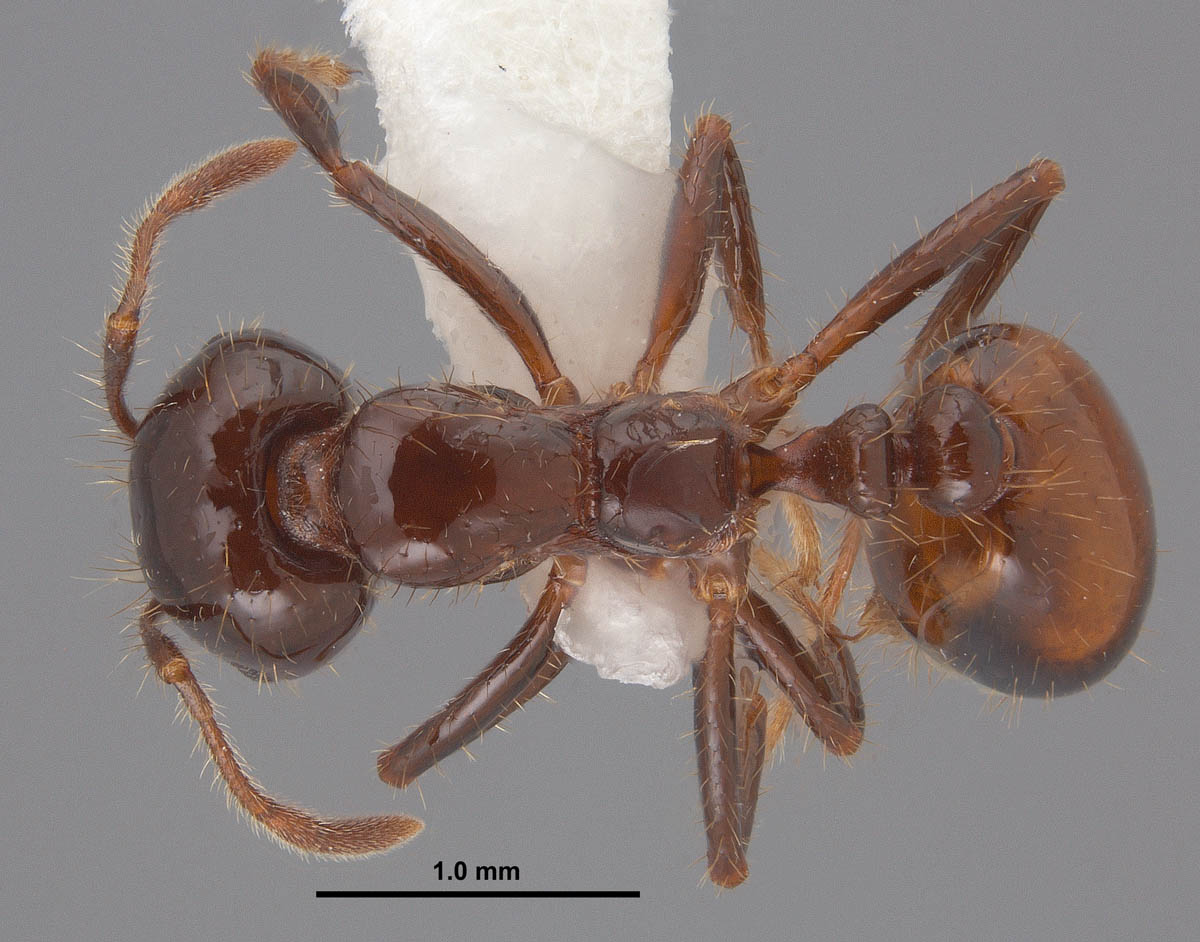
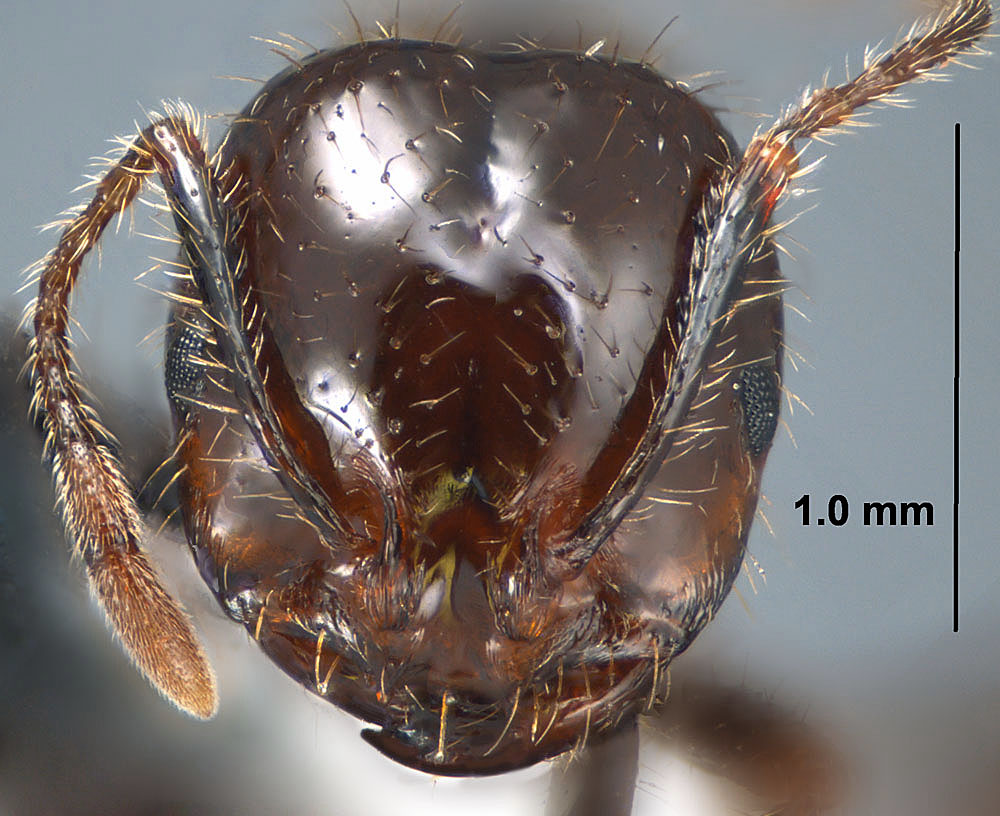

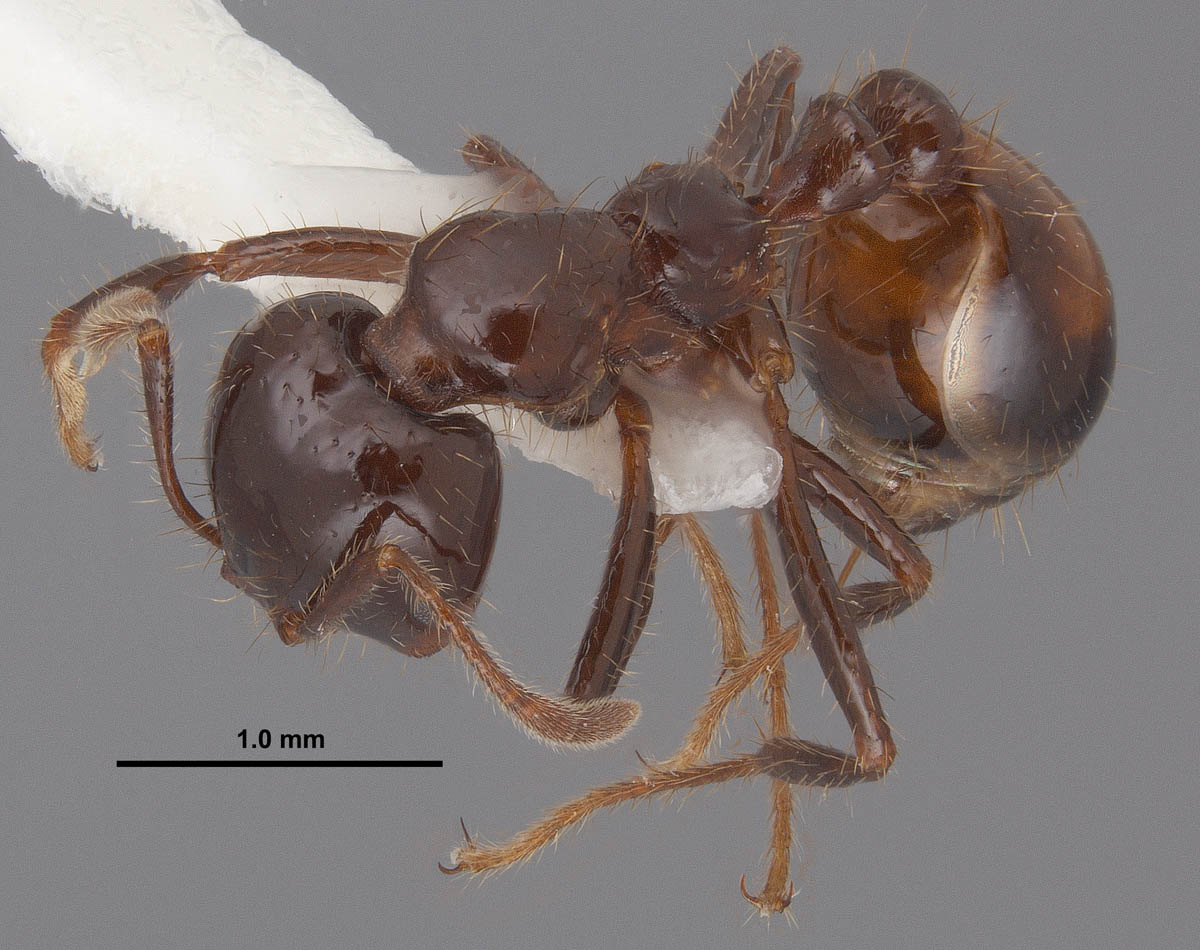

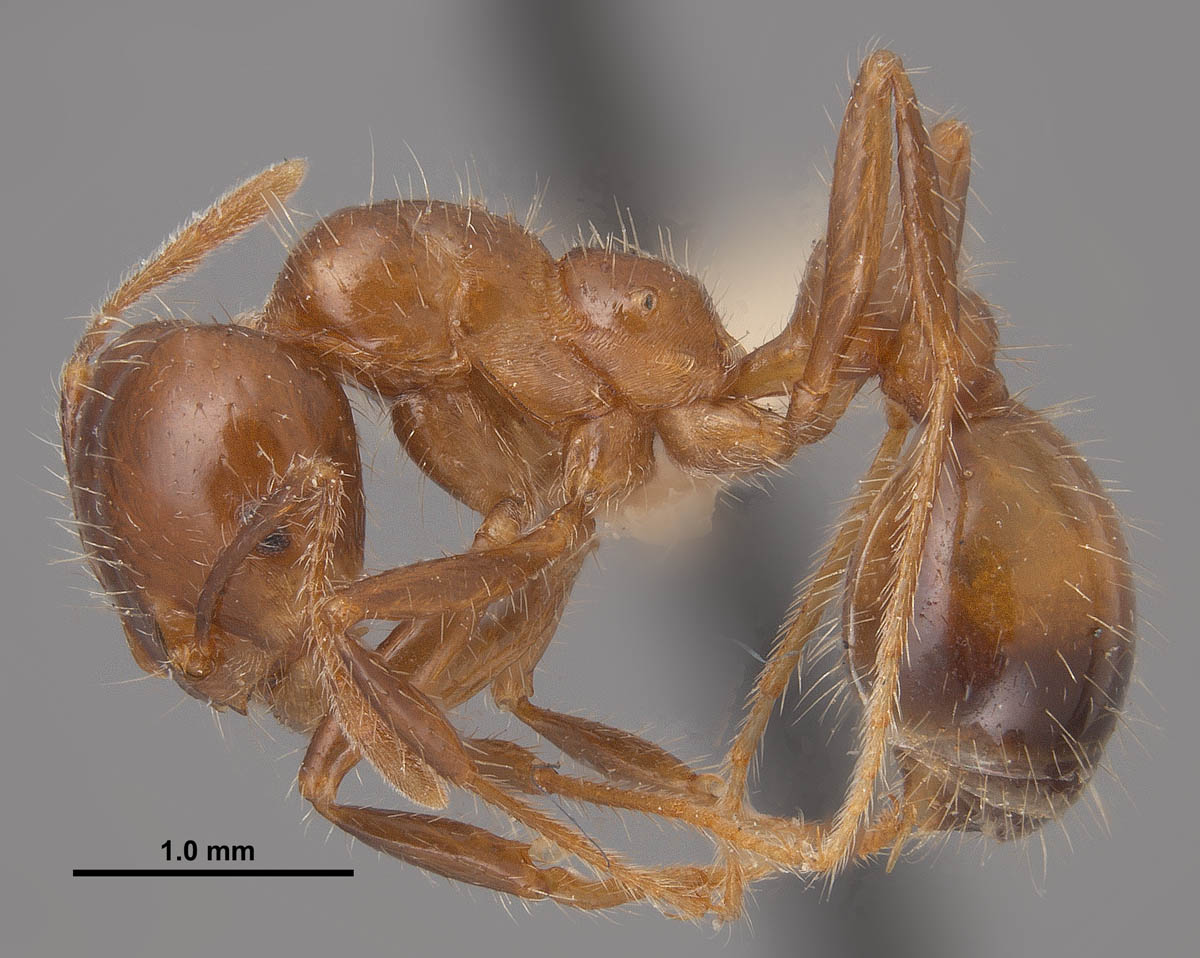
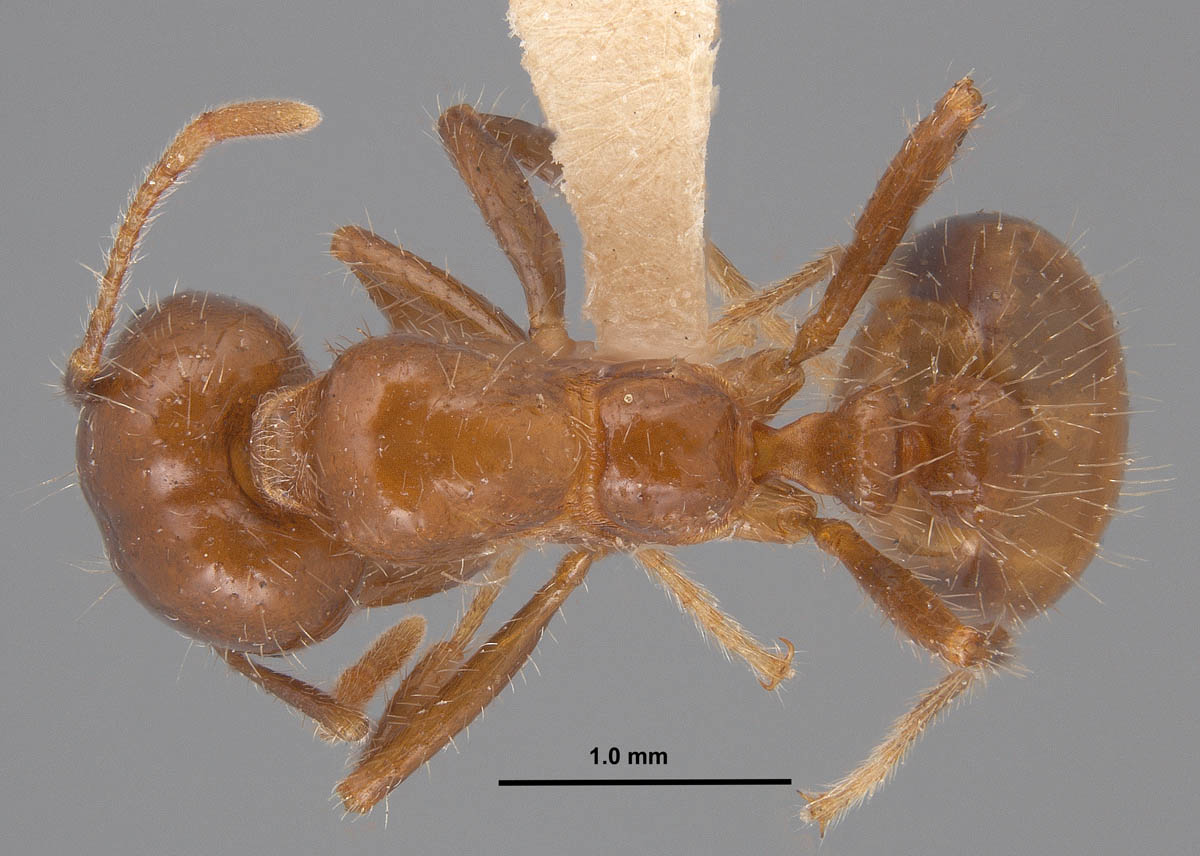



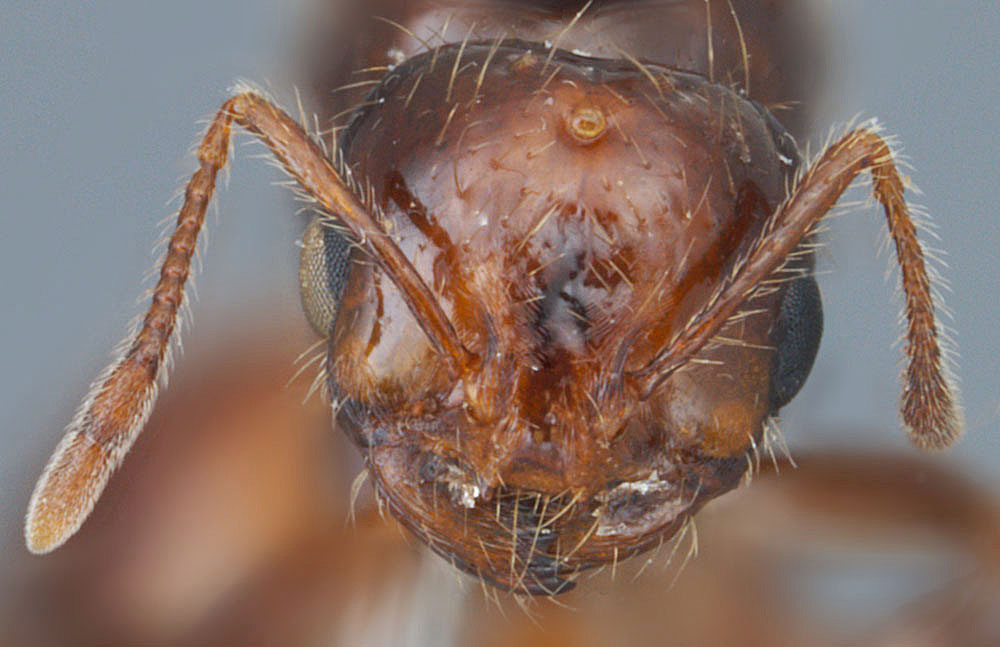

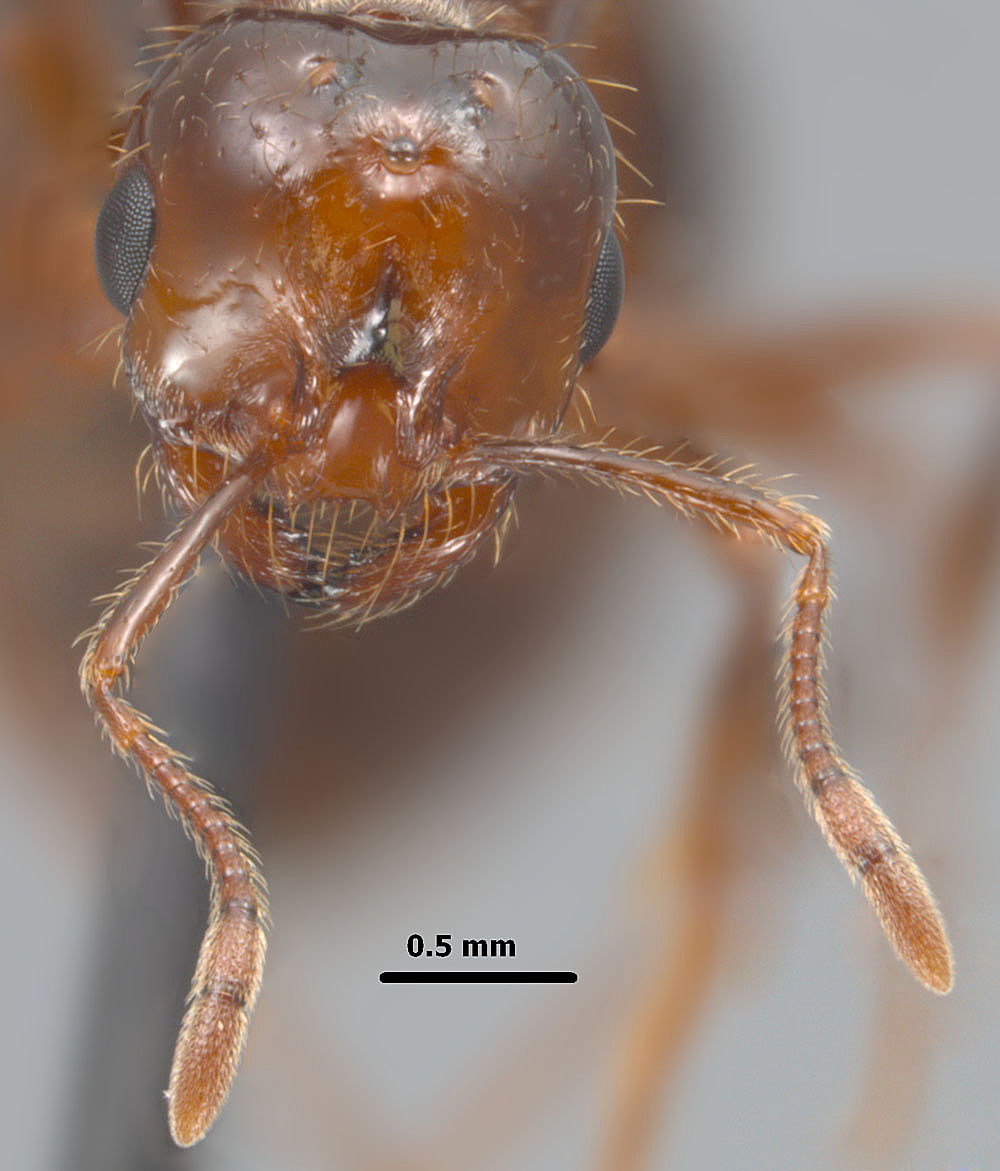
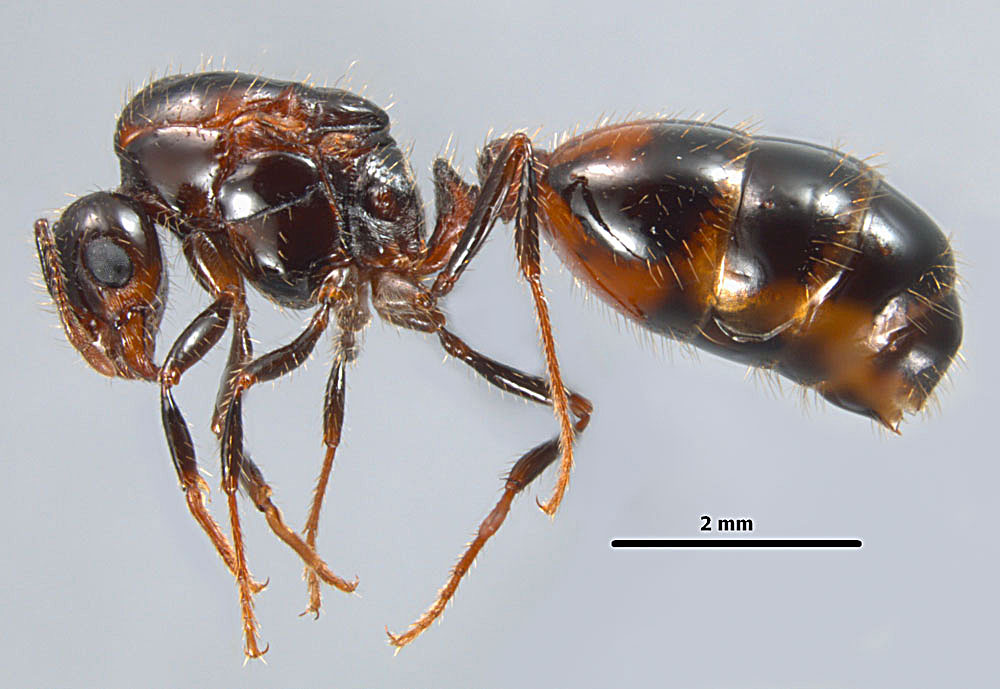


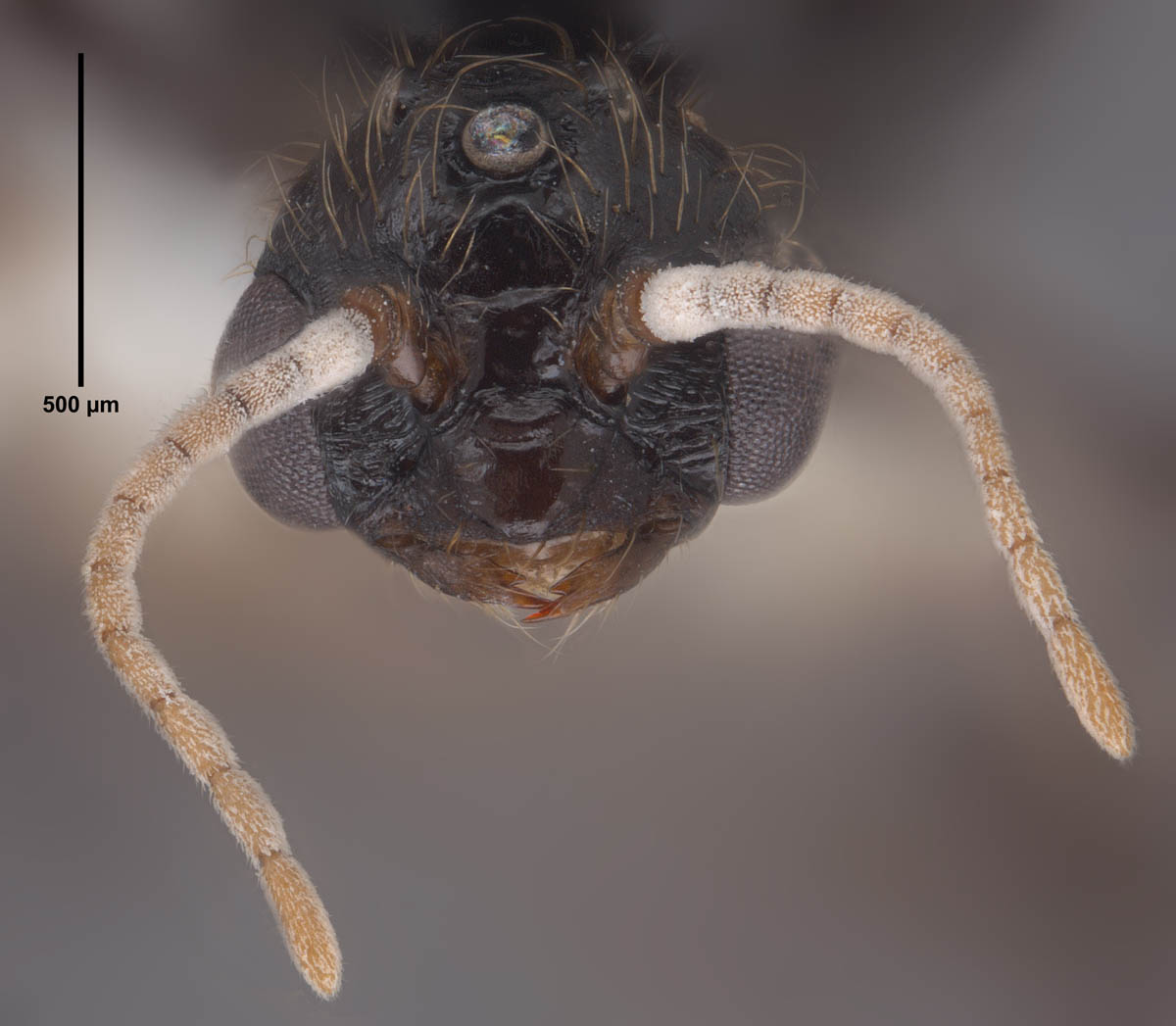
.jpg)

